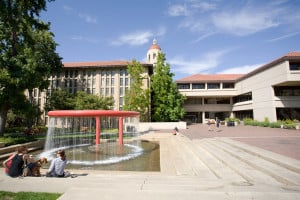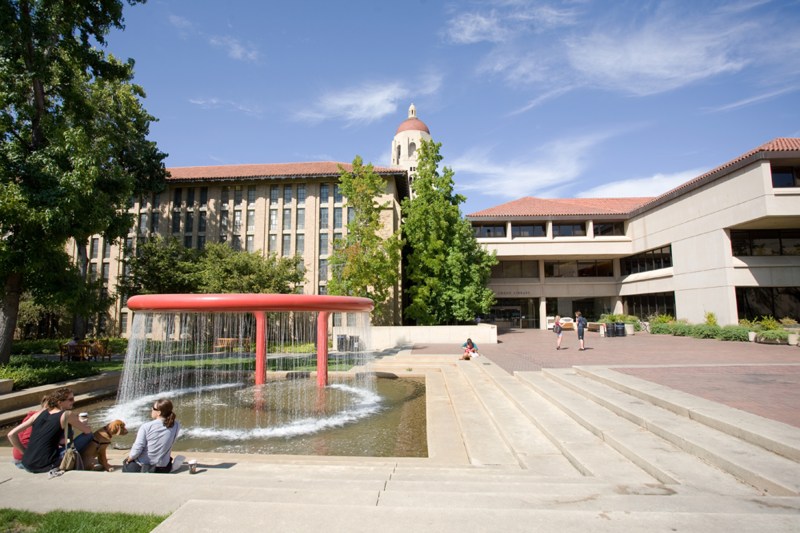
Among the many rites of passage for Stanford during their freshman year is stumbling, often aimlessly, through the labyrinthine stacks of Green Library, looking for relevant sources for their research. For students enrolled in mandatory Program in Writing and Rhetoric (PWR) courses, the library can be an essential, if sometimes overlooked, reservoir of information.
According to a PWR student survey conducted by Green Library in 2009, when asked what resources students used the most in their research, 99 percent cited the library’s catalog as the most preferred resource, edging out Google search, which achieved a score of 94 percent.
Green Library is home to the University’s main research collection in the social sciences and humanities, a collection comprised of nearly 3 million books. In addition, Green also houses approximately 6,500 current periodicals and journals, as well as 350 current newspapers. With such an enormous collection, it is no wonder the library remains an extremely popular site for student research.
“The numbers of circulation materials checked out are staggering,” said Chris Bourg, assistant university librarian for public services. “According to the circulation data, in 2011, Stanford undergraduates checked out over 150,000 books.”
Do the math and that makes roughly 22 books per student.
Green’s sheer size, however, can be rather daunting for students unaccustomed to navigating their way through research databases and reference collections.
“The questions we get are a mixed bag,” said James Jacobs, a government documents librarian at the Information Center Desk. “We get our share of basic questions, like ‘Where’s the bathroom located?’ or ‘What time does the library close?’ but we also get lots of questions on a variety of research topics, some very specific and others more general in nature.”
According to Jacobs, some of the most commonly asked research-related questions involve the use of databases.
“Sometimes they come to me already knowing exactly what they want to look for, like an article in an academic journal,” Jacobs said. “Other times, I help them refine their topic. For example, a student I just worked with was interested in state elections, which was, of course, a really big topic.”
To further arm PWR students with the tools necessary to conduct meaningful research, the Information Center arranges library research workshops, which teach students how to not only physically navigate their way through the library but also to consider a large array of sources beyond the traditional books and reference material.
Student feedback on the PWR library workshops has been overwhelmingly positive. In a survey in which PWR students in fall and winter quarters of this academic year were asked to rate the usefulness of the workshops on a scale of one to four, over 80 percent of students rated the workshops at least a three. Evaluations on the helpfulness of librarians have also contributed to student enthusiasm for class projects.
“Stanford’s libraries can be very overwhelming and intimidating to search as a freshman,” a student wrote in the survey. “[The] librarians really make things simpler and clearer.”
— Jenny Thai
